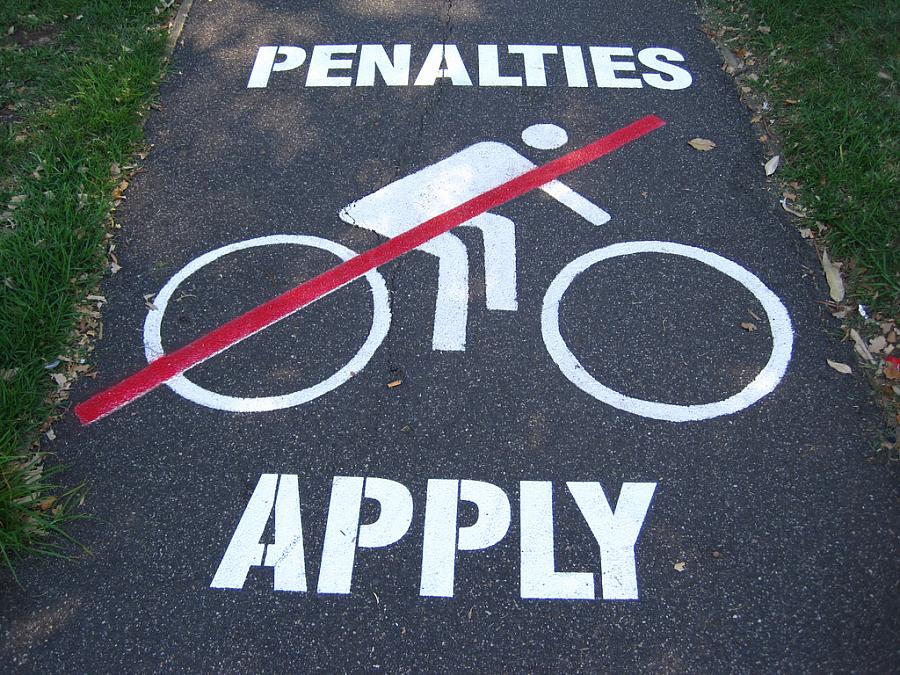Is California’s hospital penalties program working?

Created in 2007, California’s hospital administrative penalties program was designed to bring greater accountability to hospitals that commit “never events” and put patients in immediate jeopardy.
My project idea for the 2015 California Data Fellowship is to use data available from the California Department of Public Health, and other sources, to see whether there is any evidence that this high-profile program is decreasing the number of deadly medical errors, which have been the subject of intense focus ever since the Institute of Medicine published “To Err is Human” in 1999.
The state’s program levies fines up to $100,000 for items deemed severe enough to have caused immediate jeopardy. In some cases, this may have resulted in a patient death. In others, a patient may have been left permanently harmed. For example, in San Diego we have had two local hospitals remove the wrong cancerous kidney from patients when doctors failed to make sure they looked at the proper diagnostic imaging before making an incision.
I hear from one man’s widow almost every week. After watching her husband survive for several years on a cancerous kidney, she can talk about what these medical mistakes truly cost.
But anecdotes are just not enough. We need numbers.
It’s a little unclear exactly how many administrative penalties the state has issued under this program. If you go through penalties listed by county on the department’s website, you’ll come up with a total of 340 from 2007 to 2015. Request the data from the agency, and they kick back a list of 352 penalties from 2007 through 2013.
Obviously, these two lists will need reconciling.
Regardless, it seems clear that the state’s 427 hospitals have generated fewer than 400 administrative penalties in the eight years since the program started. The state-compiled list shows that about $17 million in penalties have been assessed during that time.
Using the data the state provided, it would appear that administrative penalties are becoming less regular. There were 84 in 2008 and only 22 in 2013. The numbers on the website graph a similar slope, but the high point is 64 in 2009, with 31 in 2014 and 21 so far in 2015.
It is important to realize, however, that administrative penalties are only those events deemed the most severe. The department investigates many more “adverse event” reports which CDPH outlines in its annual “fee” report.
There were 937 adverse events reported in the 2008 fiscal year compared to 1,885 in 2014.
So, as the number of administrative penalties drawing fines appears to be decreasing, the number of adverse events reported is climbing.
What gives?
I don’t pretend to know the answer to that question. But it seems like somebody should ask.
As a first step, I’ve requested a list of all adverse events from 2005 through the present. The idea is to look at adverse event reporting among hospitals that have received administrative penalties and see if they differ from the mean.
It would also be good, I think, to look at commonalities among those who have never been penalized.
Once we have done this basic analysis, I think we might have some interesting questions to ask.
Some that come to mind include:
- Is the relatively low number of administrative penalties so far as expected? Did the experts expect larger or smaller numbers when this program was put together?
- Are penalties, and the bad press that they bring, meaningfully changing behavior?
- Are hospitals that are penalized more likely to suffer adverse events in the future?
- How do adverse events and administrative penalties correlate with other quality measures such as readmissions, patient satisfaction scores and infection rates?
- What percentage of adverse events are self-reported? Is a hospital’s willingness to report on itself actually a quality indicator?
I’m sure there are plenty of obvious questions I’m missing, and I look forward to any that others may suggest.
The California Department of Public Health has responded to my adverse event request, made at the beginning of November. They say they will have some sort of answer for me on Dec. 2, either providing the information I have requested, or asking for more time. They have also said that they can only go back to 2007. That’s too bad. It would have been nice to have a few years of data prior to the administrative penalty program’s start for a baseline.
I think we are making progress on this project already, and I can’t wait to explore how this project could evolve as I learn new skills through the Center for Health Journalism’s California Data Fellowship.
[Photo by Eli Duke via Flickr.]
